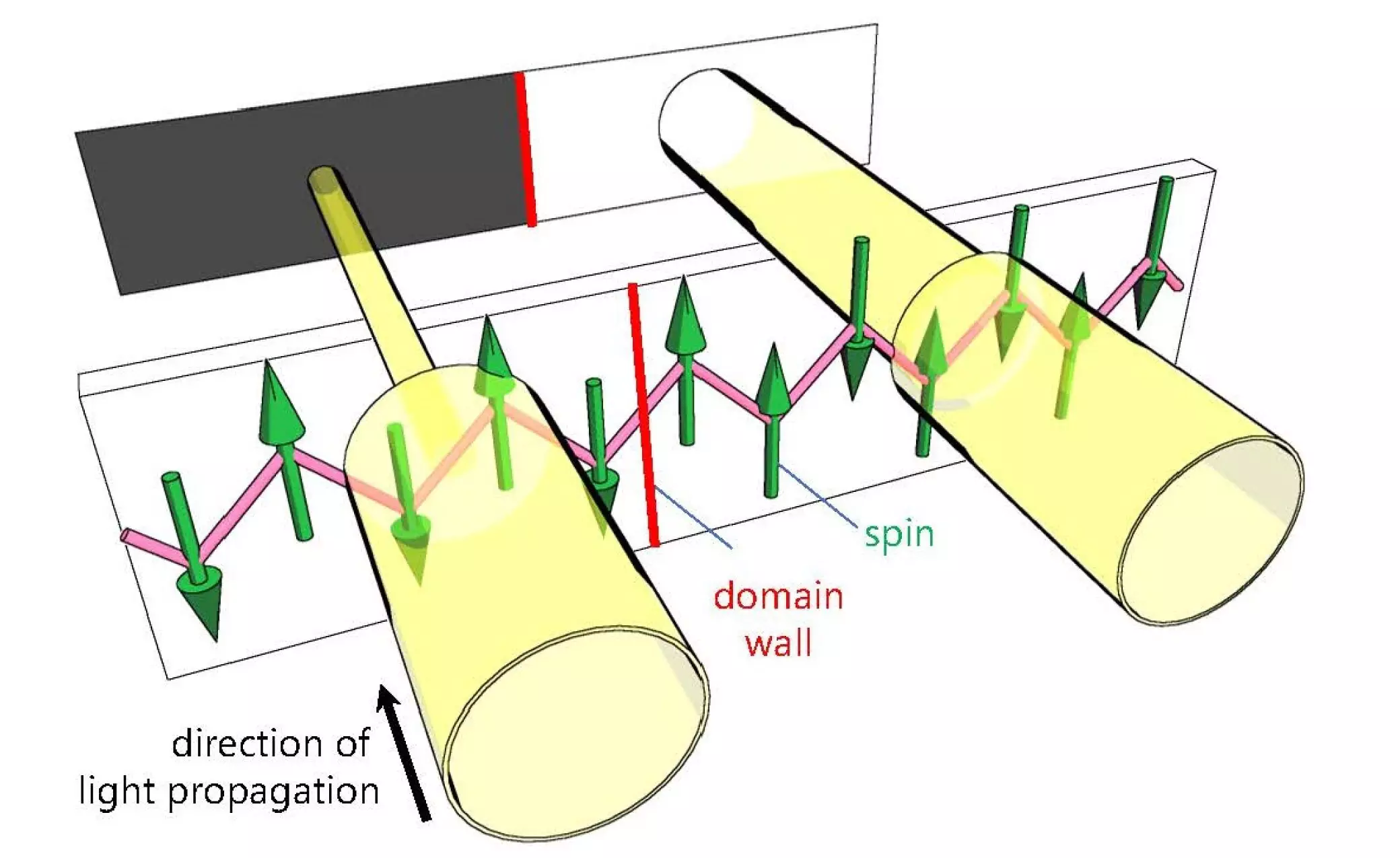The intricate world of magnetism, especially at the quantum level, holds promising potential for revolutionary technological advancements. Researchers from Osaka Metropolitan University and the University of Tokyo have recently unveiled a groundbreaking method to visualize magnetic domains within a specialized quantum material, offering significant insights into the behavior of antiferromagnets. Their significant findings, published in Physical Review Letters, not only broaden our understanding of magnetism but also hold promise for the future of next-generation electronics.
Unlike their more familiar ferromagnetic counterparts, antiferromagnetic materials exhibit opposing magnetic spin orientations, effectively canceling each other out. This unique characteristic means that antiferromagnets do not produce a net magnetic field, and thus, they lack the standard north and south poles associated with common magnets. Recent innovations and explorations in this field highlight the increasing interest in these materials, particularly those with quasi-one-dimensional quantum properties, which confine their magnetic interactions primarily to chains of atoms.
The implications of such materials are vast. As the quest for more compact, efficient electronics continues, antiferromagnets emerge as promising candidates due to their potential application in advanced memory devices and electronic components. However, the path toward harnessing these materials is fraught with challenges, particularly in terms of observing and manipulating their tiny magnetic domains.
Observing the magnetic domains in antiferromagnetic materials has proven immensely challenging. Kenta Kimura, an associate professor at Osaka Metropolitan University and lead author of the recent study, noted the difficulties posed by low magnetic transition temperatures and small magnetic moments within these materials. The existence of magnetic domains—small areas where atomic spins align consistently—further complicates the exploration of these unique properties, especially since traditional observation techniques have fallen short.
This predicament inspired the research team to adopt a novel observational approach. Focusing on the quantum antiferromagnet BaCu2Si2O7, the researchers harnessed nonreciprocal directional dichroism as their primary tool. This phenomenon describes a material’s variable light absorption based on the direction of the light, allowing scientists to visualize the elusive magnetic domains effectively. This cutting-edge method revealed coexistence of opposite domains within single crystals, along with an alignment pattern of their domain walls along specific atomic chains.
The success of using optical microscopy to visualize these magnetic domains marked a pivotal moment in the study, underscoring the importance of direct observation in scientific inquiry. As Kimura aptly stated, “Seeing is believing and understanding starts with direct observation.” Utilizing a simple optical microscope, the researchers were able to provide clarity to the previously opaque realm of quantum antiferromagnets, paving the way for further exploration into their unique properties.
Excitingly, the study also demonstrated the ability to shift these domain walls through the application of an electric field—an effect attributed to magnetoelectric coupling. This interconnection between electric and magnetic properties further enhances the versatility of antiferromagnets and presents an avenue for dynamic manipulation in technology applications.
Looking ahead, Kimura envisions this observation technique as a gateway to real-time visualization of moving domain walls, which could significantly impact our understanding and design of future quantum devices. By applying this method to various quasi-one-dimensional quantum antiferromagnets, scientists can gain deeper insights into how quantum fluctuations influence the behavior and motion of magnetic domains.
The exploration of antiferromagnetic materials opens doors not only for advancing electronics but also for potential innovations in quantum computing and data storage technologies. As researchers continue to dissect the complex dynamics of these unique materials, the prospect of designing more efficient, powerful devices becomes increasingly tangible.
The recent advancements in visualizing and manipulating magnetic domains within antiferromagnetic materials mark an exciting evolution in the field of quantum materials. By overcoming observation barriers and tapping into the interconnectedness of magnetic and electric properties, scientists pave the way for the development of next-generation technologies. The findings from Osaka Metropolitan University and the University of Tokyo stand as a testament to the growing potential of quantum magnetism and its role in shaping the future of electronics and beyond.


Leave a Reply